I recently presented a webinar where I discussed three high-impact design decisions that affect long-term tree performance: tree spacing, sizing the tree opening, and water harvesting into soil below paving. Attendees asked a lot of good questions, and by far the most asked one had to do with the use of tree grates. As anyone who has seen me speak knows, I detest tree grates. I think they are an abomination. Many people listening perceived tree grates as a foregone conclusion and the best answer to the challenge of making cities effective for both people and for trees. I could not disagree more.
Let me start by acknowledging that putting a tree in a downtown street is a compromise to the tree, but also that the benefit of the tree justifies it. I believe it is possible to achieve all the traditional “design” requirements – lighting, transit, pedestrian and vehicle access – and still meet the tree’s needs as well. I believe that large long lived trees are possible in most cities, including ultra-urban downtown areas. I hope that you can imagine your downtown full of these same trees.
The basis for streetscape design today is too much about the designer wanting to create an image that meets the aesthetic standards as defined by award-winning, publicly recognized projects. In this conception of landscape design, too often trees are strictly considered ornamental. Designers of urban streetscapes are not well-versed in the needs and requirements of trees. I speak from over 35 years of trying to educate landscape architects in this area and seeing the resistance to including basic tree biology and soil principles into the body of work. If I sound a bit upset with my profession after this long a campaign, frankly, I am and for that I apologize.
There have been efforts by the profession to change design approaches, and some of the new designs have been very respectful of some of the trees requirements. But too often, these efforts result in only small changes, or worse, with grand pronouncements by the designers that so called “sustainable principles” are being followed – yet many of the same unsustainable concepts towards the placement and detailing of trees are followed. We are still a profession that responds to myth, wishful thinking and the hope for glossy pictures. We routinely bestow our highest awards on projects with embarrassing tree performance. Could it be that landscape architects cannot identify a tree that is in trouble?
Is More Pedestrian Space Always Needed – and is More Space Better?
Let me focus on the one part of the streetscape design that I hear the most often: the perceived need to have the pedestrian paving run right up to the base of the tree. There is absolutely no support for this improving the pedestrian experience, not a single study or even a well-developed academic thesis. There is no study that I am aware of that defines the relationship between the width of paving and the size of the population using the space. Jane Jacobs and Holly White’s work did find that the pedestrian experience was improved (by their definition of how people interacted) by narrowing the widths of sidewalks intermittently to force people to have subtle interactions with each other. Jacobs called this “the ballet of the sidewalk.”
Disney is another guide to the nuances of effective design. They spend more time worrying about the visitor experience than any organization I can think of, and they frequently constrict and modulate the pedestrian flow as part of creating that experience. Think of it like holding a party in the right sized room: make the room too big and the party feels like a loser, make it too small and your guests may be uncomfortable and want to leave. To create a successful space that function in a variety of uses from crowded fairs to a quiet Sunday stroll, is the challenge of the designers of public spaces. Forcing crowds through modulated widths can add to the feeling of a successful urban space. We need not and should not design spaces so they function at full capacity unimpeded. That approach brings us to the mentality of the highway designer. Slowing down pedestrians is a good thing.
Historic districts that are beloved as public places often do this by default because early cities did not have to deal with large crowds. The spaces, even when at full modern capacity, feel vibrant, and are perceived as successful if gauged by property values and numbers of people drawn into the space. Andres Duany and Elizabeth Plater-Zyberk (DZP), arguably two of our best urban designers, has built a reputation designing small, confined urban spaces where people are led through labyrinths of different size walks and spaces that are often much smaller than one would think would reasonably work. The French Quarter in New Orleans has far tighter rights-of-way and sidewalks than most cities, and during festivals these spaces are filled with many more people than ever congregate in a similar size urban area elsewhere. The crowded conditions on Bourbon Street are an essential part of that pedestrian experience. In many cities, cafés jut out into walk ways, forcing pedestrians through narrow slots. Thoughtful, planned congestion adds to the feeling of a successful space.
Hoerr Schaudt’s recently completed Buckhead Atlanta, GA and Hindsdale, IL streetscapes are excellent examples of contemporary street projects that meets my goals of compromising the street and the trees so both are successful. Let’s use the glossy pictures of these and other greener and tree-friendly projects to inspire the next generation of downtown design.
I also hear that the space at the tree is needed to meet the ADA requirements. But rarely have I seen spaces where this is true, and the ADA is simply used as a ruse to support other goals. Please be sure that you are accurately citing the requirements, which allow for very tight spaces in the route of access. In the few streets where the ADA is a correct justification for paving the tree space, perhaps the sidewalk is too narrow for a tree in the first place. Often cites have their own requirements for minimum walkway widths that are far larger than the ADA. But where these are not city laws, some variance can and should requested, and landscape architects should push for including reasonable tree requirements into the same controlling standards.
Alternative Design Solutions
The second reason often given by designers to pave right up to the tree is the perception that the space around the tree is a tripping hazard. But the space in which the tree grows is not and should not be part of the walking space. As noted above, this space is not needed for either technical or experiential reasons and, if you believe Jacobs, White, and DZP, it might even be counterproductive to the pedestrian experience to smooth out a walk space with uninterrupted paving.
There are many reasons we might use to convince ourselves that pedestrians need to be able to walk in all directions (getting out of parked cars, hailing a taxi, maintenance issues, snow removal, etc.) but the fact remains that cities all over the world are built with large tree openings that are not paved, that do interrupt the flow of the pedestrian area, and still function well, solving all these technical concerns. There are all kinds of alternatives to tree grates that are appropriate for ultra-urban areas and do far more to protect the tree. Here are a few such examples:
I recognize that different cities and countries have different tolerances for risk and that our risk tolerance in the United States is going down due to changing attitudes towards when to sue. The response to this situation should be to design tree openings that meet both the need of the tree and the need to reduce risk, not to continue using “solutions” that are actually bad for trees. Rough cobblestones around the Fifth Avenue tree, designed by Frederick Law Olmsted as part of Central Park, are one effective solution that has been a fixture for a hundred years. Resin-bound aggregate works too, provided it is correctly installed (that is, not all the way up to the trunk), as do raised planters and low metal fences that surround the entire circumference of the opening.
The arguments in favor or tree grates remind me of the ones some people make about native trees. I hear a lot of concern that we’re planting too many species that are non-native or invasive. But negative outcomes from the use of non-native trees in cities are not supported by research, and in fact often non-native trees outperform native trees in areas such as disease resistance and drought tolerance. It’s frustrating that design elements that are important for trees – such an larger tree spaces, wider spacing and access to more soil – are rejected as impractical even when supported by research, while ideas such as changing a design to use native trees or paving right up to the tree, for example, is embraced despite being unsubstantiated by research.
Landscape architects are the only design profession that includes trees and soils in their area of expertise, but too few of us have even a basic course in soils and trees biology, and fewer still study the nuances of urban trees and soils. The profession has, in the last 10 years, begun to acknowledge that changes are needed in the way trees are incorporated into cities. It is our collective responsibility to our cities to keep moving in that direction.
James Urban, FASLA is a landscape architect. Read more about his work at www.jamesurban.net.

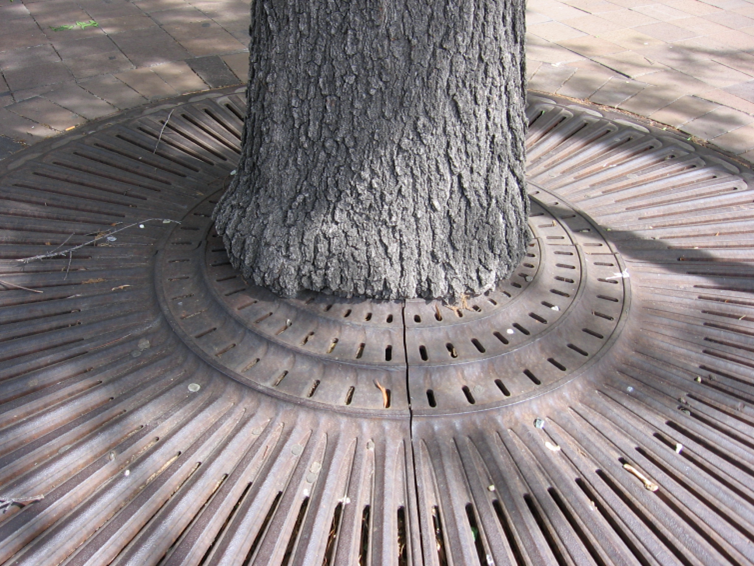
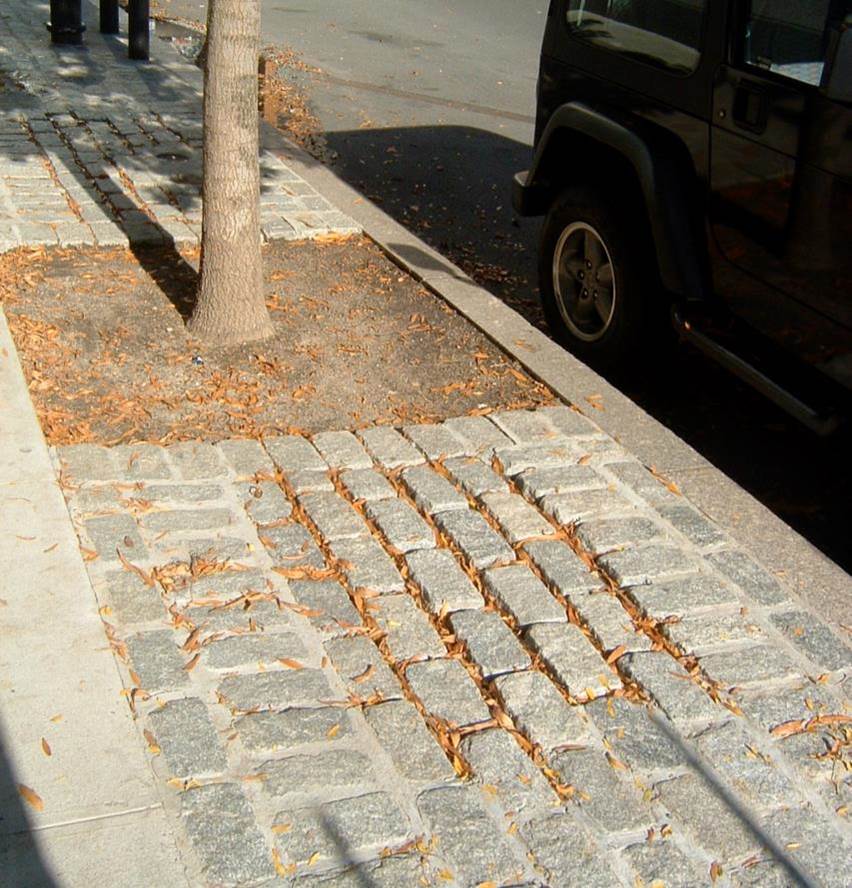
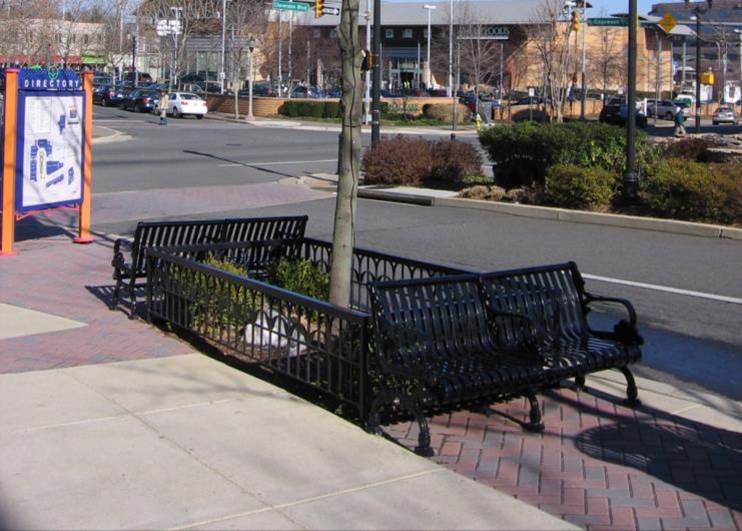
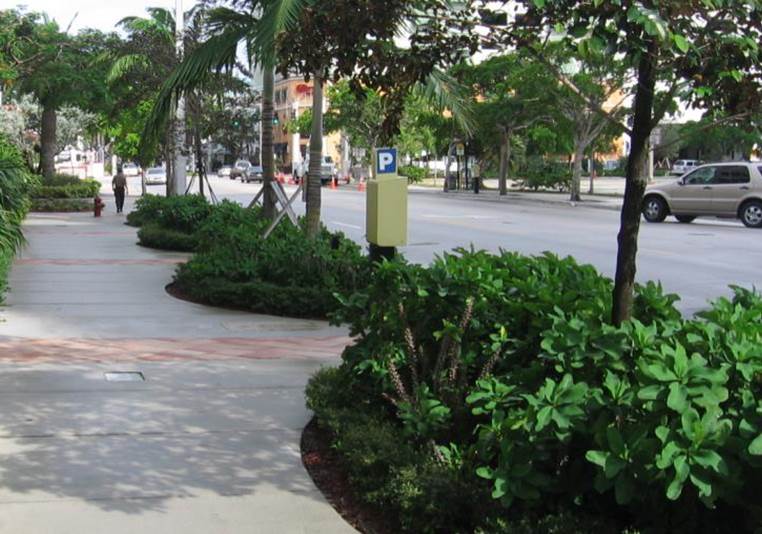
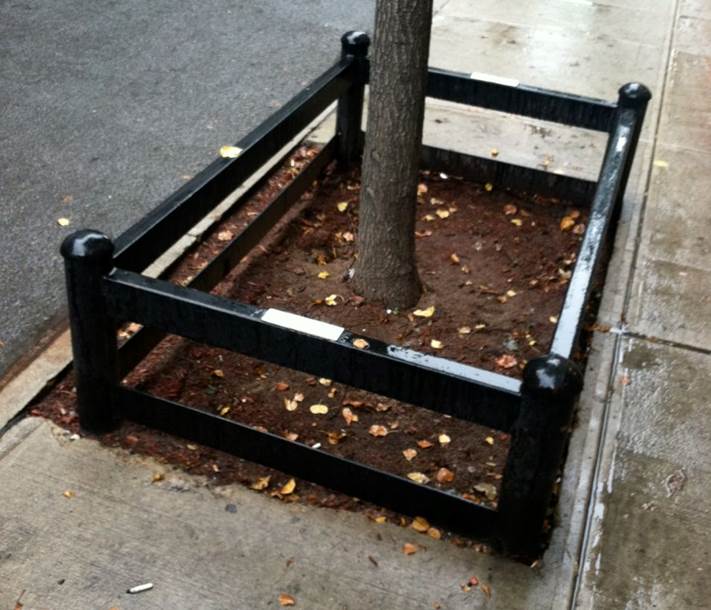
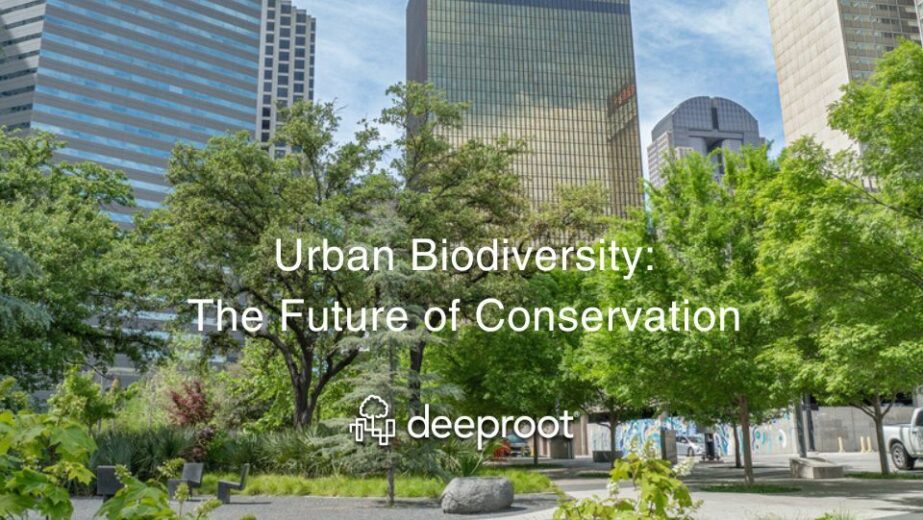



Leave Your Comment